
Photo by Aravind Sivaraj CCx2.0
By Jenni Gate
We drove down the hill from our home through the city of Kinshasa. Just outside the city, the jungle was thick. The road was full of pot holes and ruts. Our car bounced along on the rough pavement, heading towards vast stretches of farm land. About 8 miles from Kinshasa, we turned off the road into an open area with several low, concrete-block buildings spread out around a farming compound. Rice paddies stretched into the distance, surrounded by jungle. It was the summer of 1970, and we had arrived at the Chinese Agricultural Research Center.
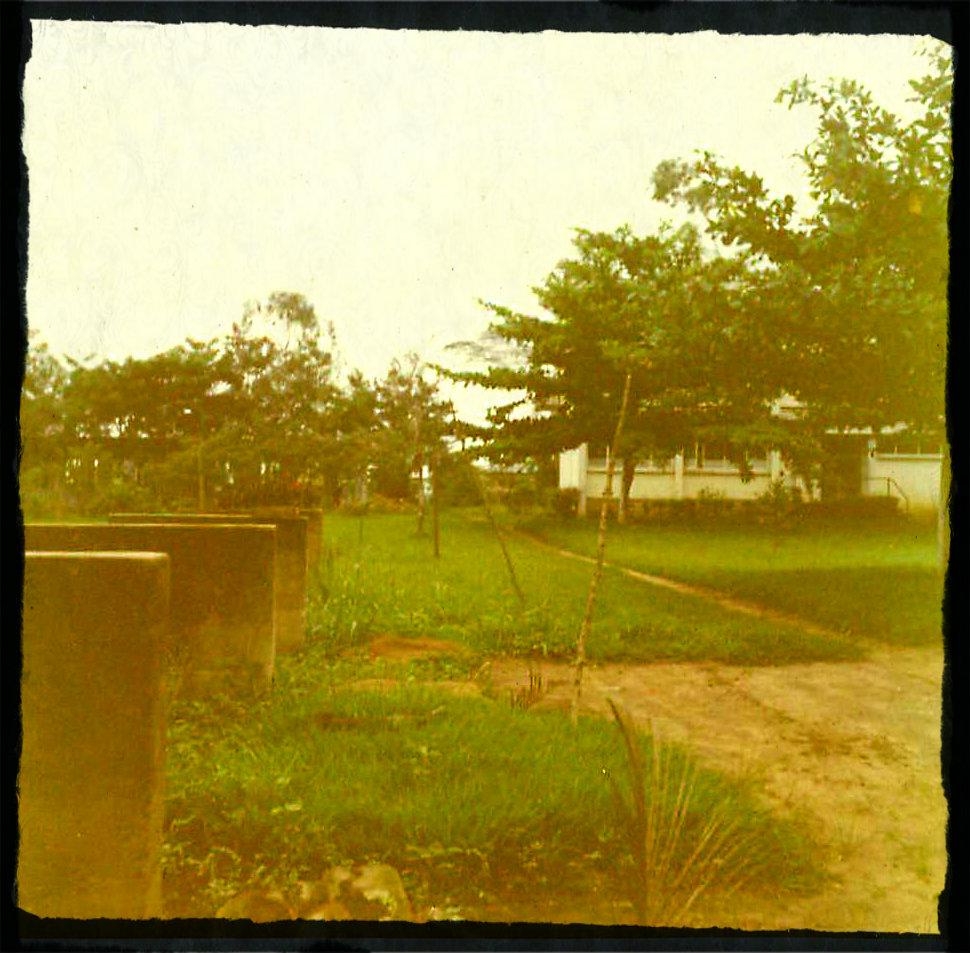
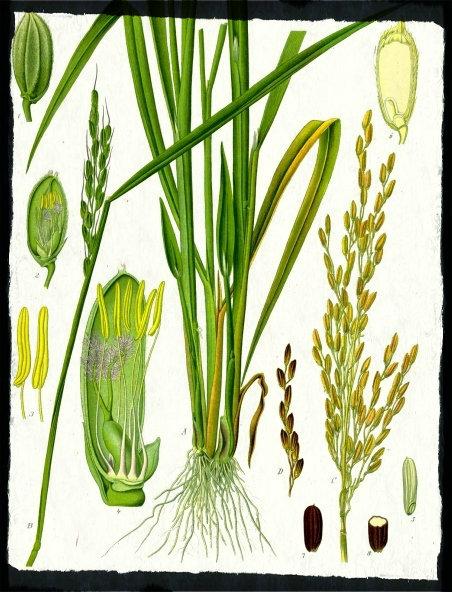
Oryza sativa
We toured the farm, learning that the land for the project was provided by Mobutu. There were papaya and mango trees, citrus trees, bananas, and coconuts dotting the landscape near the driveway. Surrounding the homes and research buildings were the rice paddies, each marked with signs bearing numbers representing the variety being produced. The plants looked like long grass in the water, with some that grew as high as 5-ft. tall. Most of the rice was about 3-ft. tall.
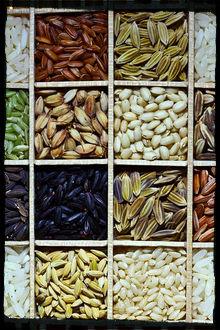
Photo: IRRI CCx2.0
In one Quonset hut, we saw many melons, from honeydew to watermelon. At the time, all watermelons had seeds, so we were impressed when we discovered that the Chinese Agricultural Research Center had developed seedless melons. The seeds inside the melons were miniscule, which was great news to me. Dad had always told me the big, black seeds that I accidentally swallowed every time we ate watermelon were going to sprout inside my stomach and grow. I didn’t really believe him but, then again, I had no desire to find out.
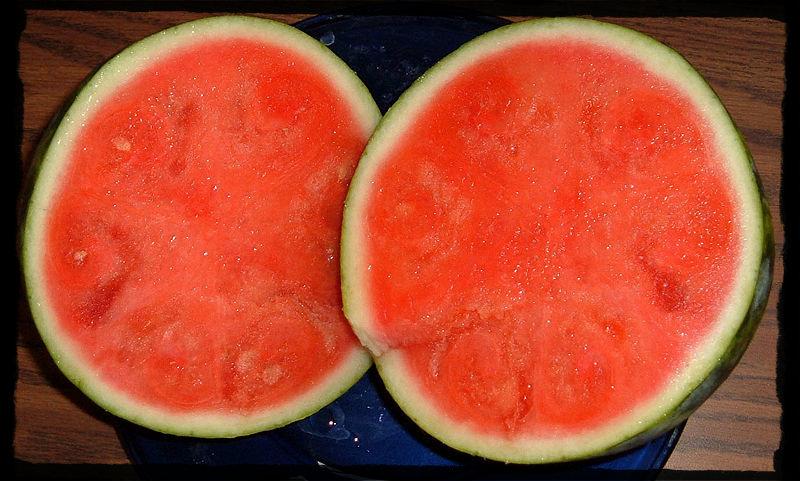
Seedless by Scott Ehardt CCx2.0
At dusk, the Taiwanese brought us indoors for dinner. We ate a gigantic steamed fish and a dish called Lion’s Head Stew, which was ground meat cooked in a rice-pasta pouch. It was so delicious that I’ve searched for Lion’s Head Stew on the menu at every Chinese restaurant I’ve been to since then, including when I visited Hong Kong years later. I’m still searching, without success. Our hosts had us sample several rice dishes of different varieties of rice. We sampled white, creamy, and brown rice in every shade imaginable. Some rice was white and sticky and tasted like the rice we were used to eating. Some of the rice was almost sweet. A lot of it tasted like cardboard. This was the reason the Congolese would not plant and eat the rice produced by the Center. The rice available in sufficient quantities for use by local farmers had no flavor. But there were many varieties still being developed. When we tasted one variety of rice with a clean, nutty flavor, Dad said, “I want 100 kilos of that.” Our hosts exclaimed that it was their favorite as well.
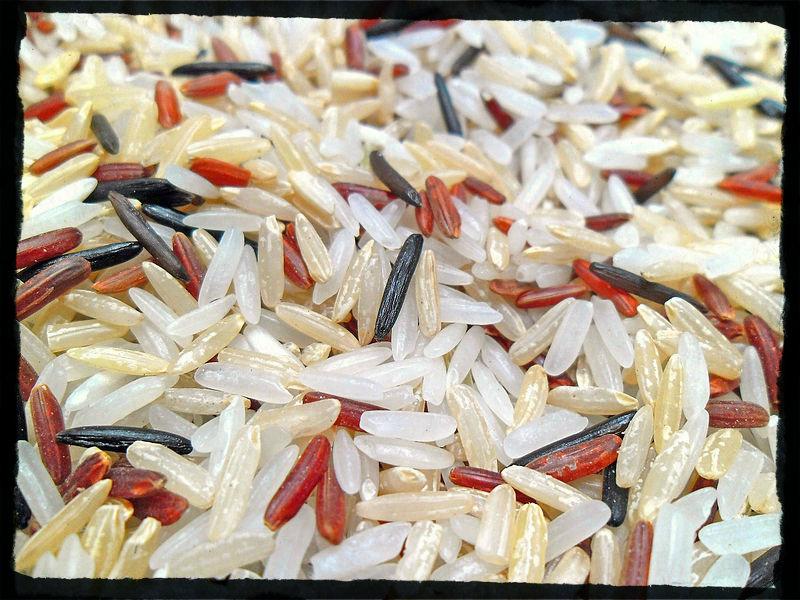
Red, White, Brown & Wild Rice by Earth100 CCx2.0
It was summer in Africa, and those melons were sweet and refreshing.
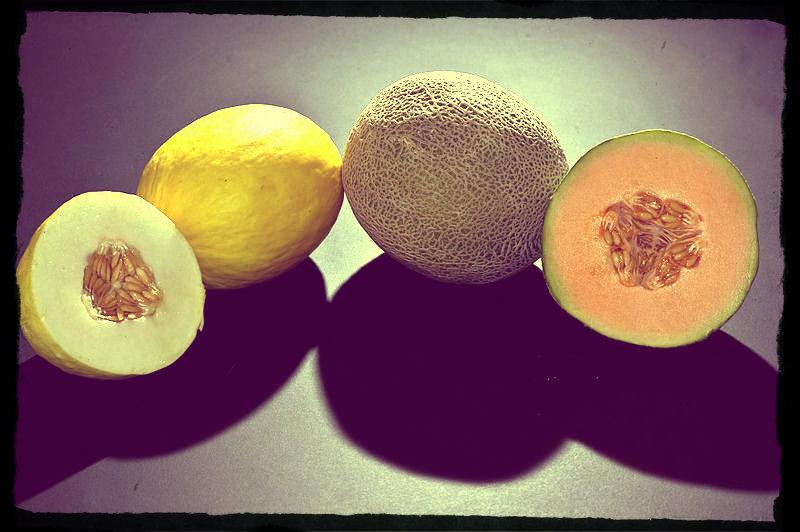
Photo by Kelly-Wikimedia CCx2.0
That summer treat, exploring all the flavors of rice and melon, has stayed in our family memory for decades. I still love melons, especially honeydew, and the memory of those flavors on that hot summer day still outshines the mundane, commercial flavors of the rice and melons we eat in the States today.*****************
As a side note: Years later, Dad took a flight from Jakarta to Hong Kong. He sat next to a young, Chinese man who had been to Jakarta to buy rattan. As they sat talking, the young man mentioned he had been to Zaire. In a flash of recognition, Dad said, “I remember you! You were at the Research Center.” The young man remembered my dad bringing him with us to the Embassy swimming pool on occasion. They exchanged contact information, both commenting on what a small world it is. Indeed, it is.

